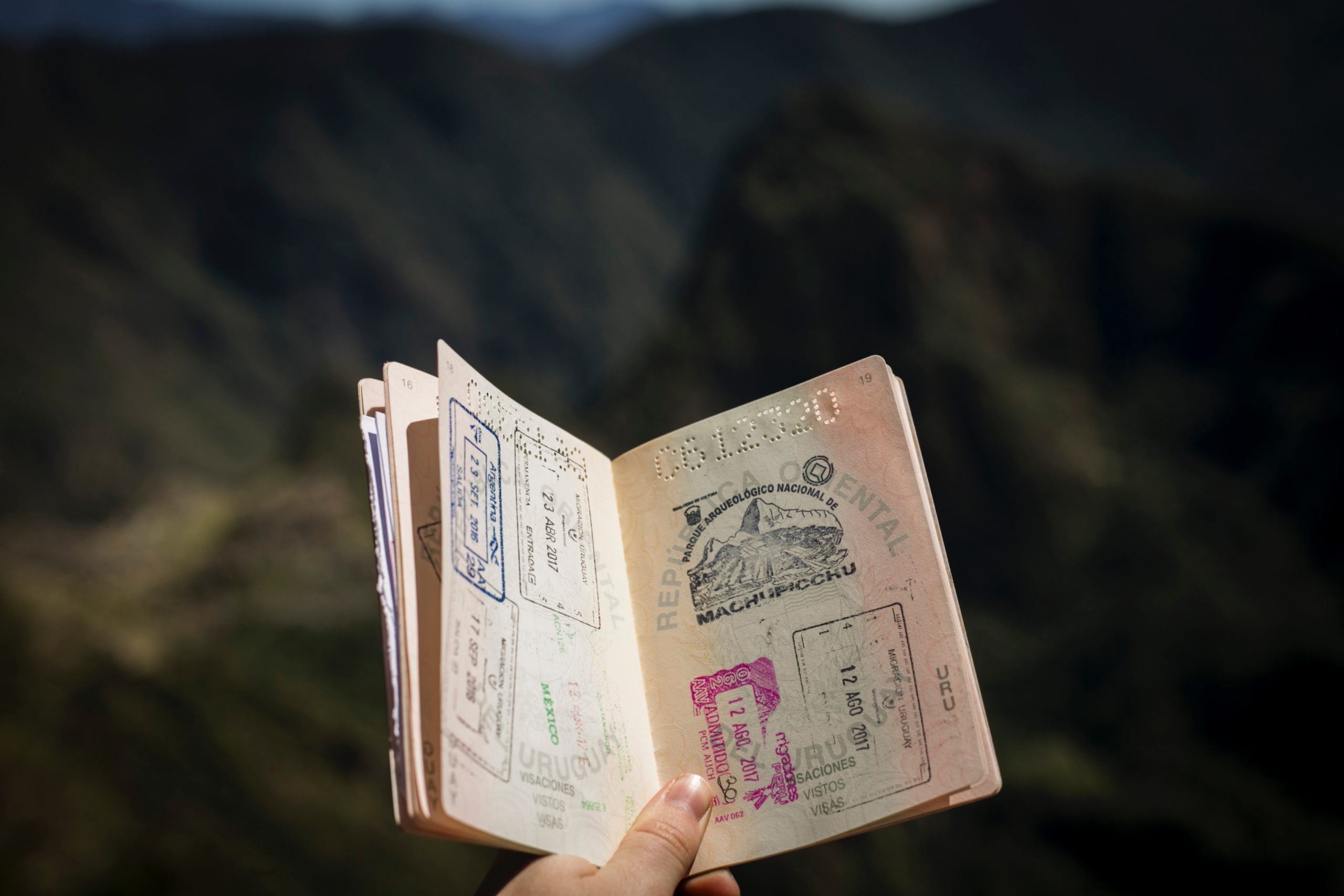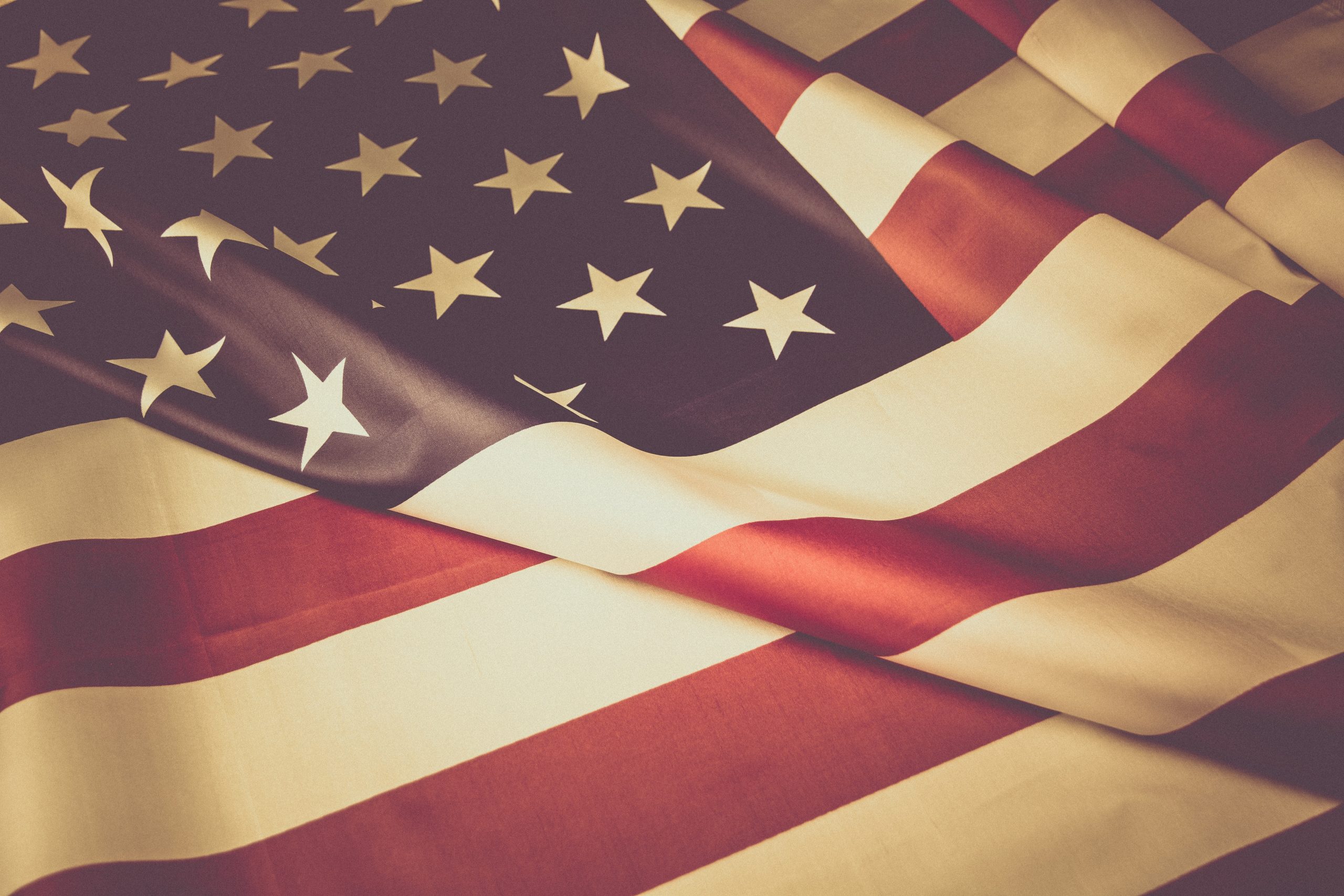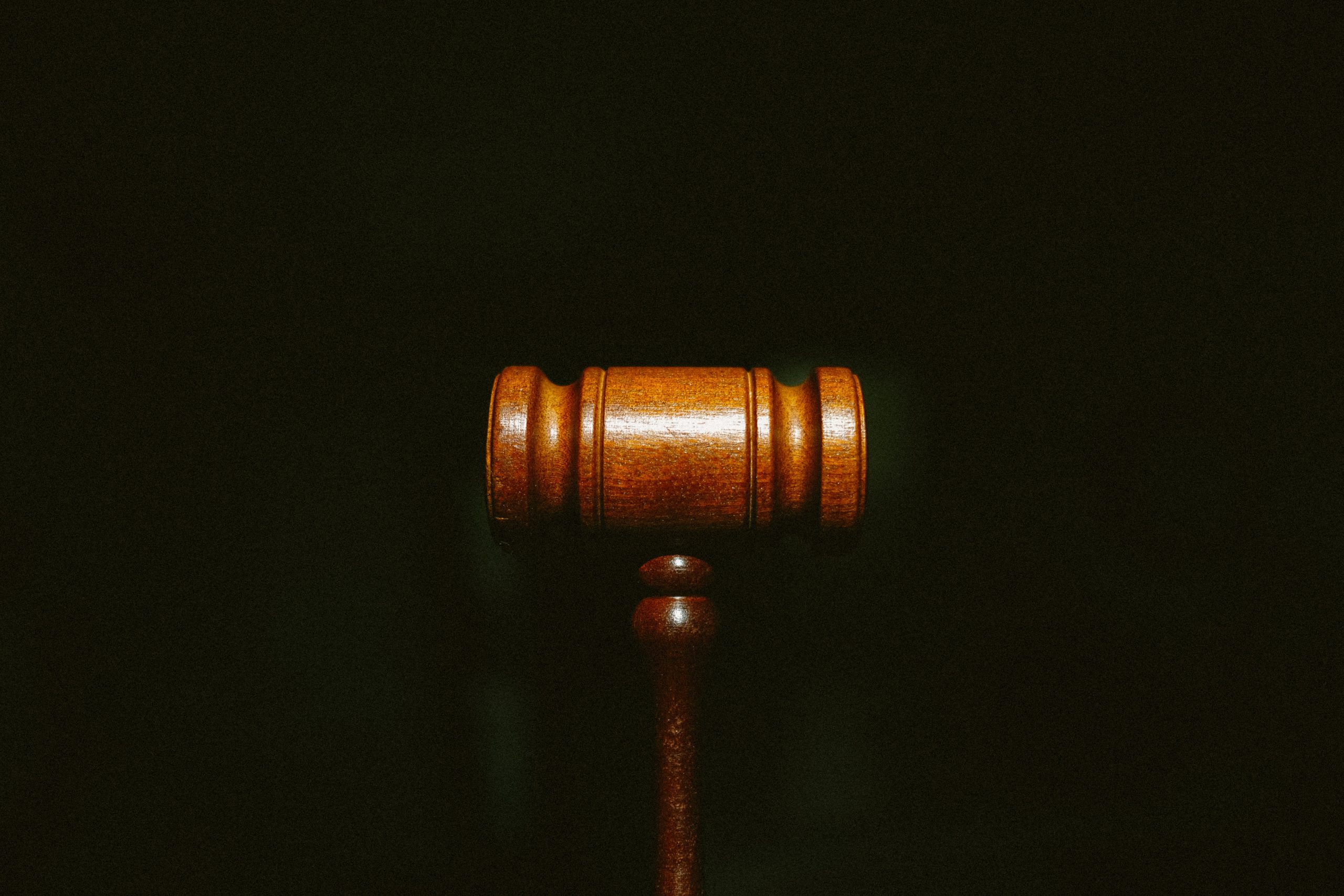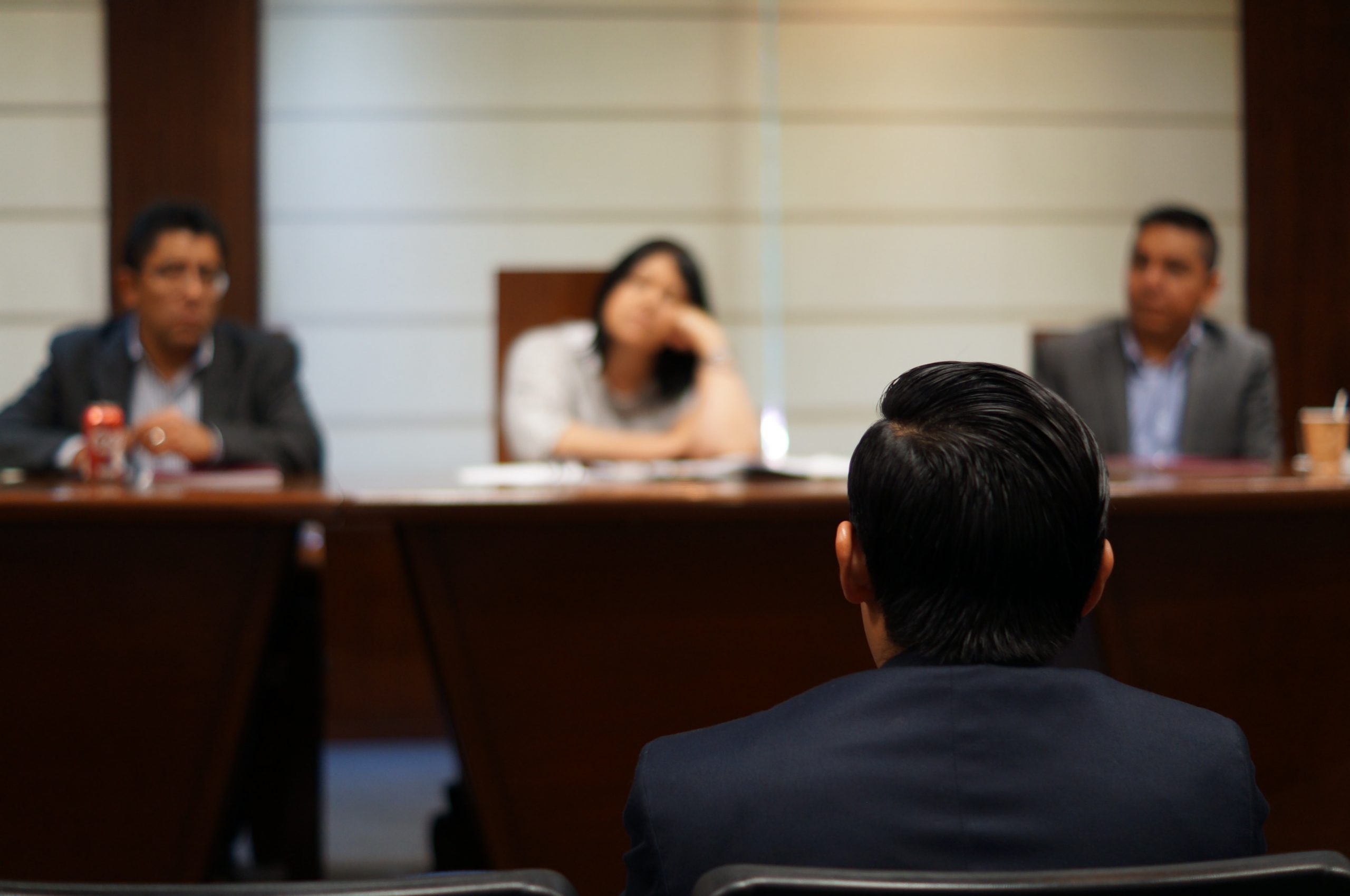In the few months remaining in the Trump presidency, the Trump administration continues to pass laws and regulations that make it more difficult for immigrants and nonimmigrants to enter the United States.
Most recently, the administration has targeted the B-1/B-2 temporary business visitor/tourist visa program.
On November 24, 2020, the U.S. Department of State published a temporary final rule in the Federal Register entitled, “Visas: Visa Bond Pilot Program.”
What is this rule about?
The final rule calls for the creation of a temporary 6-month visa bond pilot program that authorizes Consular officials at U.S. Embassies and Consulates worldwide to mandate a bond of $5,000, $10,000, or $15,000 for certain B-1/B-2 visa applicants in order for them to receive visas and travel to the United States.
If a consular official finds that a bond is appropriate, the amount of the bond will be determined by him or her based on the circumstances of the visa applicant.
According to the rule, “the Pilot Program is designed to apply to nationals of specified countries with high overstay rates to serve as a diplomatic tool to encourage foreign governments to take all appropriate actions to ensure their nationals timely depart the United States after making temporary visits.”
When does the final rule go into effect?
The final rule becomes effective December 24, 2020 for a period of 6 months (through June 24, 2021).
Who will be impacted?
According to the final rule, visa applicants potentially subject to the Pilot Program include aliens who are applying for visas as temporary visitors for business or pleasure (B-1/B-2); are from countries with high visa overstay rates; and are already approved by DHS for an inadmissibility waiver.
Aliens traveling under the Visa Waiver Program fall outside the scope of the Pilot Program, since a visa application is not required for their entry to the United States.
 Visa Lawyer Blog
Visa Lawyer Blog













